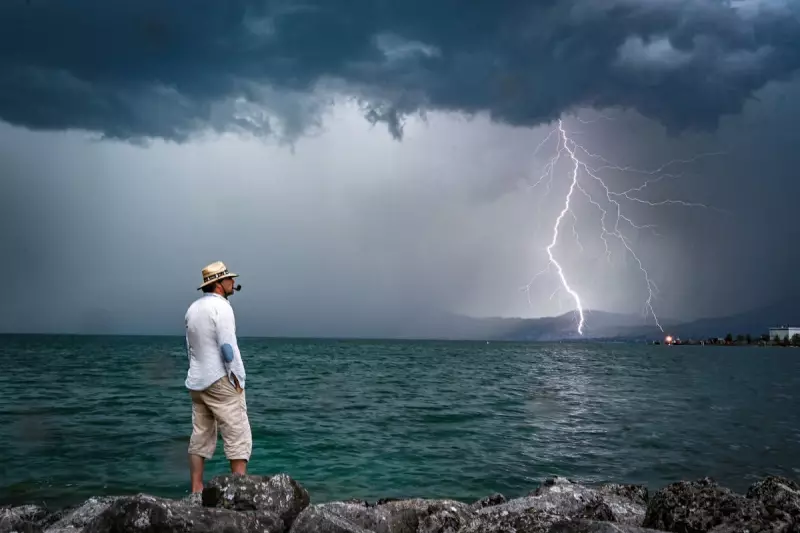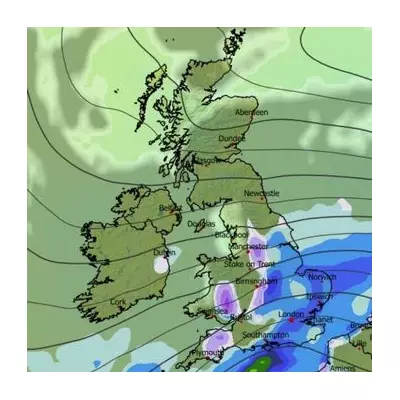
Lightning is one of nature's most spectacular and powerful phenomena, lighting up the sky during thunderstorms with breathtaking force. But what exactly causes it, and how does it form?
How Lightning Forms
Lightning occurs when electrical charges build up within storm clouds, creating a separation between positively and negatively charged particles. When the difference becomes too great, a sudden discharge of electricity—lightning—flashes between the clouds or between the cloud and the ground.
The Role of Thunderstorms
Thunderstorms act as the perfect breeding ground for lightning. As warm, moist air rises and collides with cooler air, it creates turbulence, leading to the formation of ice crystals and water droplets. These collisions generate the electrical charges needed for lightning.
Types of Lightning
- Cloud-to-Ground (CG): The most dangerous type, striking the Earth's surface.
- Intracloud (IC): Occurs within a single cloud.
- Cloud-to-Cloud (CC): Jumps between different clouds.
Why Lightning Matters
Beyond its awe-inspiring visuals, lightning plays a crucial role in atmospheric chemistry. It helps produce nitrogen oxides, which influence air quality and climate. Additionally, lightning-triggered wildfires can reshape ecosystems.
Staying Safe During a Storm
When thunderstorms loom, seek shelter indoors and avoid open fields or tall objects. Lightning can strike from miles away, making caution essential.





